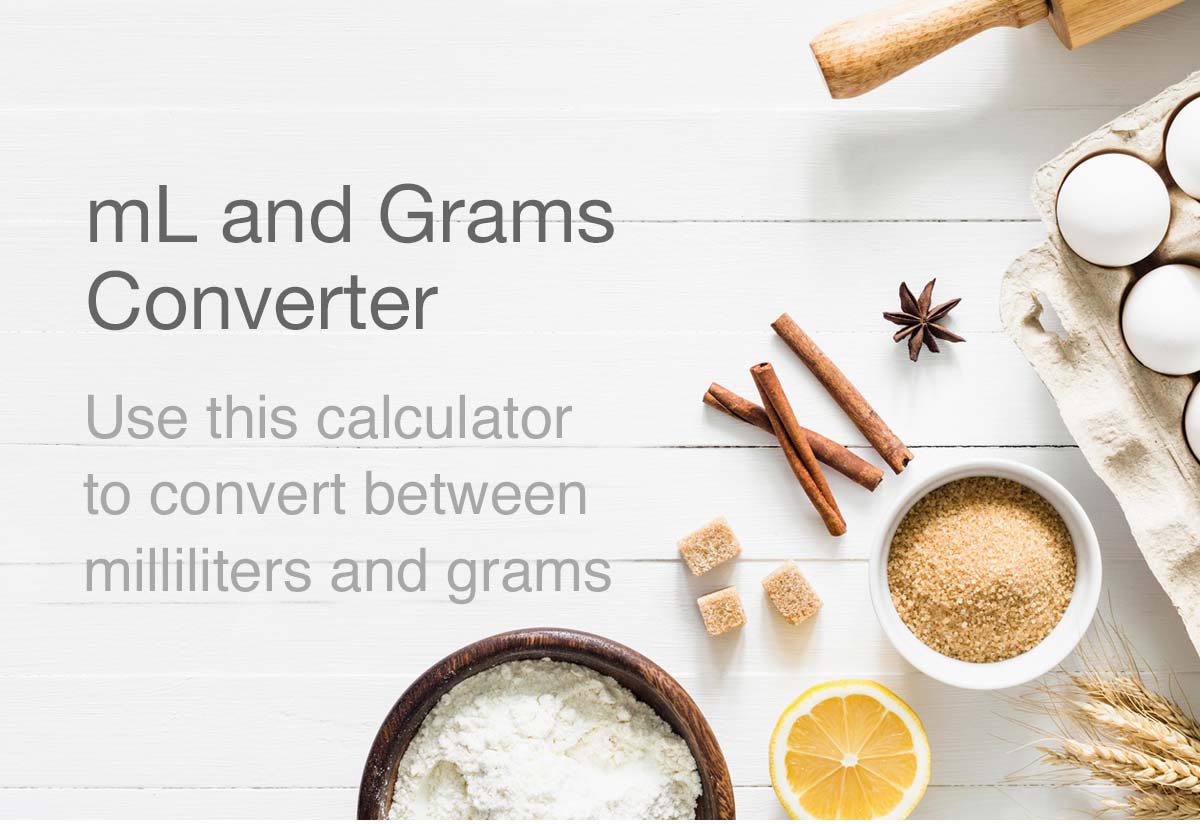In the world of culinary arts, pharmacy, and science, precision is paramount. The correct measurement of ingredients or substances can make all the difference between a delectable dish and a disastrous one, an effective medication and an ineffective one, or sound scientific research and flawed results. One common conversion that is frequently required is the conversion of milliliters (mL) to grams (g) by ml to g. In this article, we will unravel the mystery of this conversion and explain how you can easily switch between these two units to ensure accurate and successful outcomes in various fields.
Understanding mL and grams
Before diving into the conversion process, let’s clarify what mL and grams represent:
Milliliters (mL): Milliliters are a unit of volume primarily used to measure liquids or the capacity of containers. It’s a metric unit, and 1 mL is equivalent to 1/1,000th of a liter.
Grams (g): Grams are a unit of mass or weight. They are often used to measure the amount of solid substances. It’s also a metric unit, and 1 gram is approximately the weight of one cubic centimeter (1 mL) of water.
The Conversion Factor
The conversion from milliliters to grams depends on the density of the substance being measured. This is because different substances have different densities, meaning they have varying masses in a given volume. The formula to convert mL to grams is:
Grams (g)
=
Milliliters (mL)
×
Density (g/mL)
Grams (g)=Milliliters (mL)×Density (g/mL)
You’ll need to know the density of the specific substance you’re working with to perform this conversion. For instance, the density of water is approximately 1 g/mL, so 100 mL of water would be equal to 100 grams.
Practical Examples
Let’s take a look at a couple of practical examples to illustrate how this conversion works:
Example 1: Converting mL to Grams for Water
You have 250 mL of water that you want to convert into grams. Since the density of water is 1 g/mL, the calculation is straightforward:
Grams (g)
=
250
mL
×
1
g/mL
=
250 g
Grams (g)=250mL×1g/mL=250g
So, 250 mL of water is equivalent to 250 grams.
Example 2: Converting mL to Grams for Olive Oil
Olive oil has a different density. Let’s say you have 300 mL of olive oil and want to convert it to grams. If the density of olive oil is 0.92 g/mL, you can use the formula as follows:
Grams (g)
=
300
mL
×
0.92
g/mL
=
276g
Grams (g)=300mL×0.92g/mL=276g
Therefore, 300 mL of olive oil is equivalent to 276 grams.
Conclusion
Converting milliliters to grams is a valuable skill in fields such as cooking, pharmacy, and science. By understanding the density of the substance you’re working with and using the conversion formula, you can ensure precision in your measurements. Whether you’re preparing a recipe, dispensing medication, or conducting scientific experiments, accurate conversions will be your key to success. So, the next time you’re faced with the mL to grams conversion, embrace it with confidence and precision.




